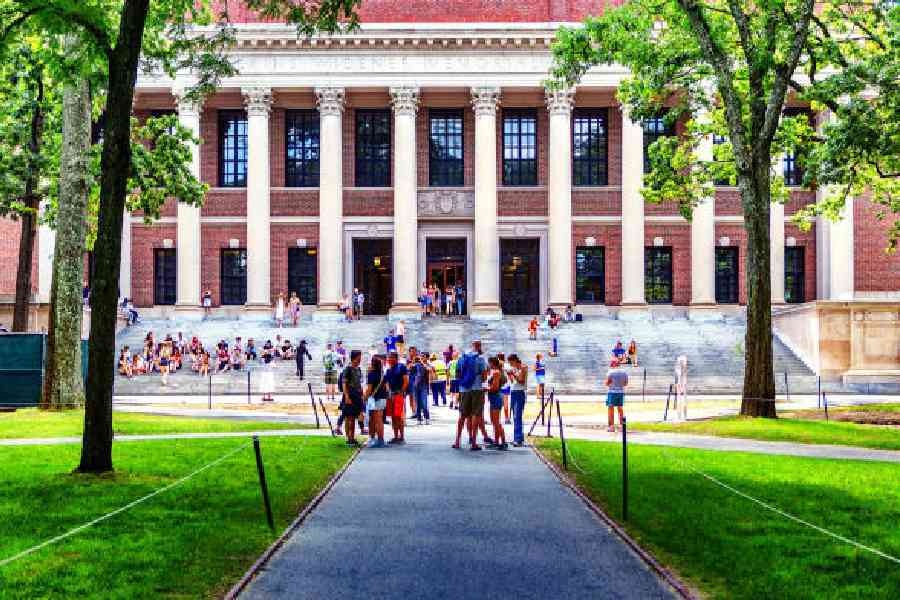American Dream


The Trump administration has explicitly sought to curb the enrolment of college students from abroad, and its broader quest to remake the American higher education system has unnerved prospective pupils and led universities to limit graduate school admissions.
In a recent report, the Institute of International Education said that the overall number of international students on American campuses — including students who started in prior years — was nearly steady, declining about 1 per cent from the last academic year. Although information about international students can be murky and caveat-laden, the slight change roughly aligns with separate US Department of Homeland Security data about students on visas.
But the downturn in new enrolments suggests that the United States could see steeper decreases in the coming years, as current students finish their studies or leave their campuses for other reasons.
The data released recently as part of a project backed by federal money was somewhat narrow, stitching together statistics from less than a quarter of the nation’s degree-granting colleges and universities. But it included schools that often account for large international student counts, and it is seen by officials in higher education as an important snapshot of enrolment.
The institute said 57 per cent of the approximately 825 institutions that provided data reported decreases in new enrolments from abroad. Amid months of Trump administration wrangling over immigration policy, nearly all of those schools said that concerns about obtaining student visas contributed to falling enrolments, and more than two-thirds pointed to travel restrictions.
The survey found a rise in new undergraduate students, reflecting a rebound from pandemic-era declines, but a 12 per cent decrease among new graduate students. (The majority of international students in the US are graduate students.)
Although the data from this fall was stark, it was also an extension of a trend from last year.
In the fall of 2024, according to the report, American schools reported a 7 per cent decline in new international enrolments. The nation’s 1.2 million international students are still a key population for universities, accounting for roughly 6 per cent of total enrolments. India and China, the world’s two most populous countries, together sent nearly 6,29,000 students to the US.
International students can be essential income sources for American colleges and universities, and higher education officials have been anxious for months about how President Donald Trump’s immigration policies might affect that revenue stream. The recent report suggested that some of the most dire forecasts for this fall, like one that floated the possibility of a 40 per cent decline in new enrolments, had been overwrought.
The Trump administration has also sent mixed signals about its intentions for international students.
A sputtering Trump administration proposal for an agreement between the government and American schools floated a 15 per cent cap on international students as recently as last month. And since Trump took office, the government has cancelled visas for some students, delayed screening interviews and imposed travel restrictions.
In May and June, the government tried to block Harvard University from enrolling any international students. A federal judge blocked those efforts.
But in an interview this month with Fox News host Laura Ingraham, Trump stood by a plan to allow up to 6,00,000 Chinese citizens to obtain student visas. Many students, he noted, pay significant tuition costs.
“It’s not that I want them, but I view it as a business,” Trump said. Draconian cuts to international students, Trump warned, could “destroy our entire university and college system”.
The higher education industry is also clashing with Trump over a recently announced $1,00,000 fee for new H-1B visas, which colleges and universities rely on to fill various jobs.
In court filings last month, academic officials detailed how the visa fee could derail hiring, unleashing consequences for research and teaching.
NYTNS